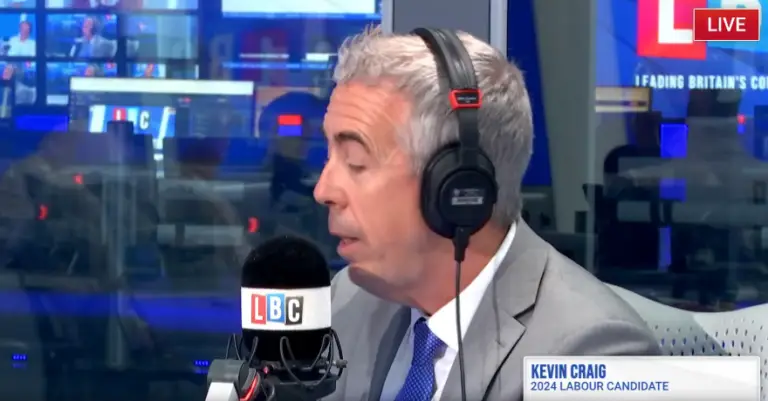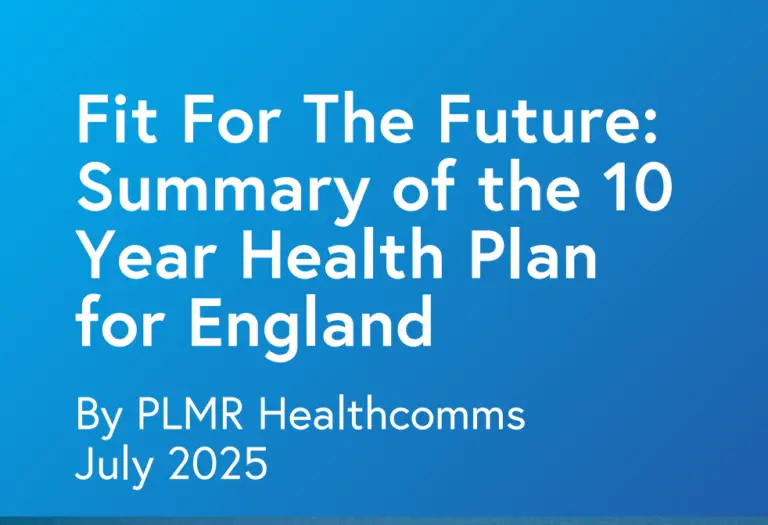Just as local authorities were sure they would have to delay local elections for the second year running, causing potentially significant democratic headaches, Constitution Minister Chloe Smith has announced that, due to the successful vaccine rollout to date, local elections will be progressed on 6 May as planned.
So, with local elections confirmed and a complex electoral landscape of national and local issues, can we expect to see radical changes across the East of England’s political landscape? Traditionally, at this stage in a Parliament, we would expect the opposition to do well. However, the perceived success of vaccine rollout and morale around lifting of lockdown is highly likely to be reflected in voting (Boris may wany to look at opening pubs and restaurants just ahead of local elections for maximum feelgood factor).
A primary issue may be turnout – local election turn out is traditionally low and applying for postal votes may not be a priority for many people. Depending on the continued roll out and any other variants which may appear, this may affect how many people actually get out and vote. It will certainly affect campaigning with traditional doorstep campaigning not possible and a greater reliance on social media and virtual events. This could impact on all parties equally or we may see more nuanced changes as we move closer to the election.
Cambridgeshire and Peterborough have elections for Council and the Mayoralty, the latter is likely to be particularly divisive. James Palmer is going into a difficult three-way contest with Labour and Lib Dem candidates highly focused on winning the Mayoralty. Cambridge City Council also has all of its seats up for grabs due to the electoral boundaries changing, issues of housing, climate change and the environment are likely to be at the fore of the debate and could see the Greens and Lib Dems do well locally.
Heading down to Essex, Southend-on-Sea, Basildon, and Colchester Councils all have 1/3 of their seats up for grabs. All are under No Overall Control, the outcomes here could very much reflect perceptions on how government is performing in relation to COVID along with how Council Tax has been impacted from April 2021 and who is seen to be responsible for any significant hikes (local or national government). At the same time, Essex County Council has all out elections, and potential changes are likely to be driven in those areas with a greater turnout, which will be those areas with both District and County elections so there may be some interesting results from this.,
Another key county to be looking out for in the upcoming elections is Hertfordshire. Whilst the County Council itself is unlikely to see much change, perhaps the most contentious election in this county will be Welwyn Hatfield, which has been front and centre of disputes with local and national planning officers for several years over their Local Plan (which by the way, STILL hasn’t been approved). The Council is currently under no overall control as of 2019, with its traditionally strong Tory voter record turning red in many areas, and the Lib Dems have also been gaining reasonable traction at recent elections. Tensions over the troublesome Local Plan have risen to breaking point in the last year, with the Council at risk of having its long-awaited plan thrown out, meaning substantial amounts of funding wasted over the years on developing the Plan yet still no real direction for the future of development in the area.
Moving back up toward the top half of the East of England region, we have Norfolk, Suffolk and Bedfordshire remaining relatively stable, with only a few local Council’s due to hold elections along with all of the County Councils. Great Yarmouth Borough Council for example, is due to elect 1/3 of its Councillors and currently has a strong Labour opposition which may stand to gain seats. Suffolk County Council is also electing all of its seats, and it currently has a strong and growing opposition of Labour and Lib Dem Councillors. If the Conservatives are unable to secure a majority in May, there is a real possibility of a joint Labour/Lib Dem administration coming into play. Norfolk County Council will also be an interesting one to watch, particularly with the prevalent UKIP party losing all of its seats in 2017 resulting in the Conservative party winning a majority after 4 years of the Council being under no overall control.
The East of England definitely looks set to produce some interesting outcomes, throwing into balance the way in which local leaders have handled COVID-19 and also potentially reflecting broader national attitudes to how the different political parties have handled the pandemic. It will also be important to note the impact of COVID-19 on voter turnout, and also to understand how the pandemic could change the way candidates’ campaign ahead of the elections. One thing is definitely certain, and that is that we have never seen a local election like this one.




